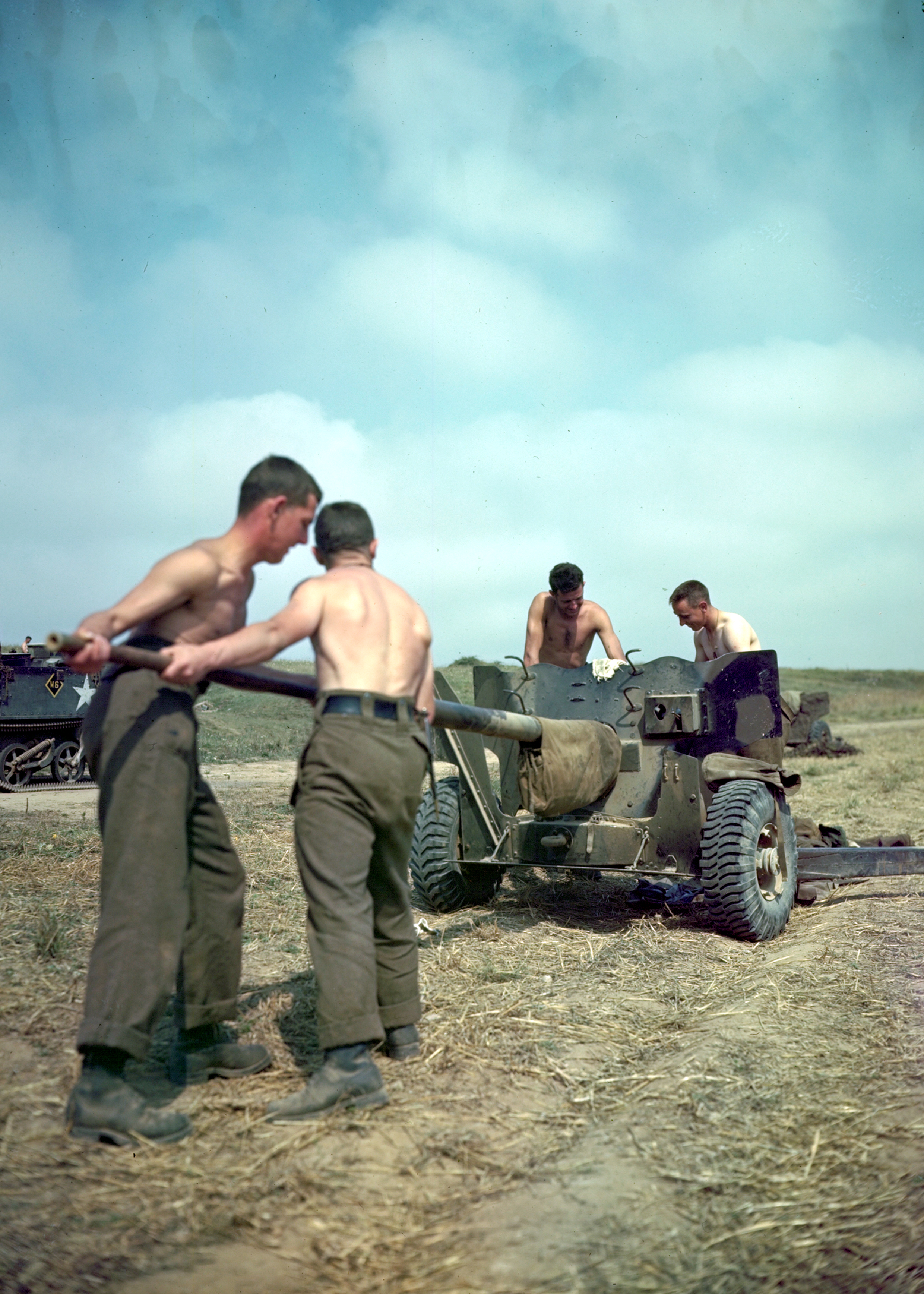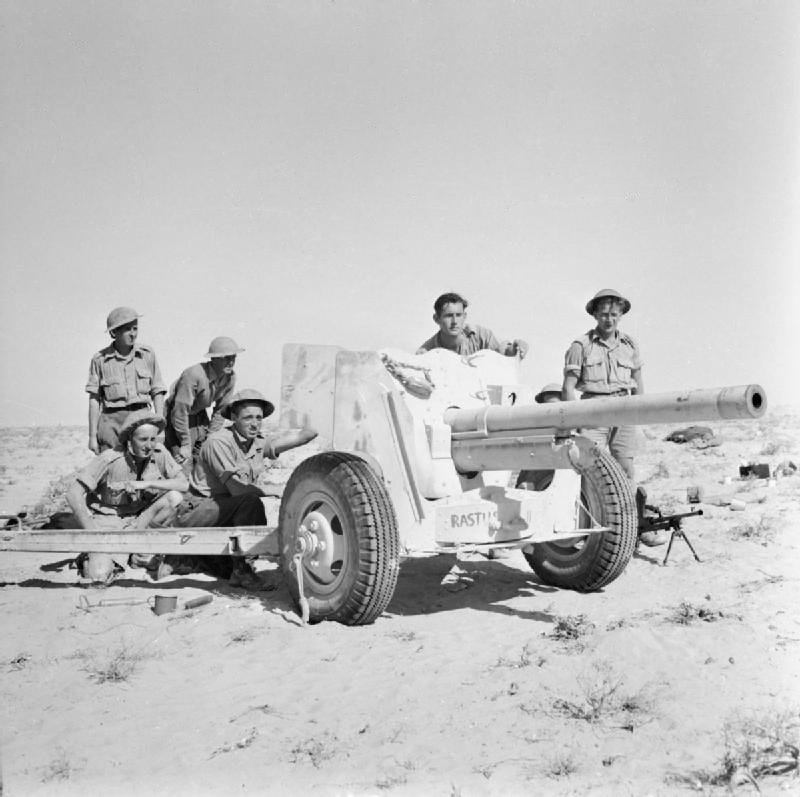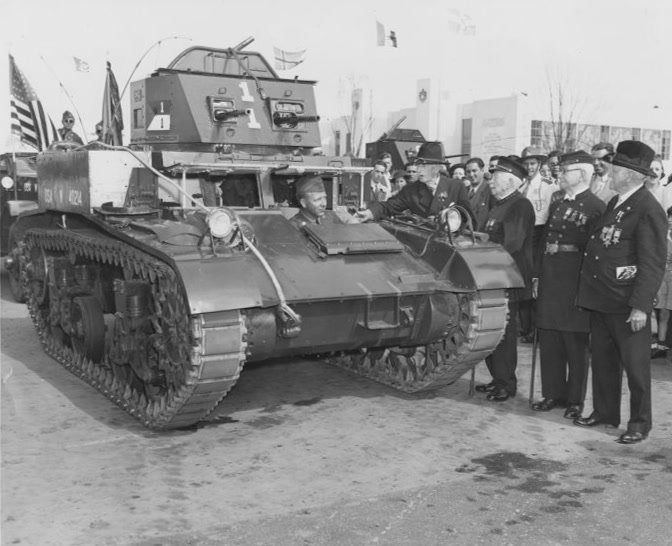|
M1 Abrams
The M1 Abrams is a third-generation American main battle tank designed by Chrysler Defense (now General Dynamics Land Systems) and named for General Creighton Abrams. Conceived for modern armored ground warfare and now one of the heaviest tanks in service at nearly 68 short tons (almost 62 metric tons), it introduced several modern technologies to US armored forces, including a multifuel turbine engine, sophisticated Chobham composite armor, a computer fire control system, separate ammunition storage in a blow-out compartment, and NBC protection for crew safety. Initial models of the M1 were armed with a licensed-produced 105 mm Royal Ordnance L7 gun, while later variants feature a licensed Rheinmetall 120 mm L/44. The M1 Abrams was developed from the failure of the MBT-70 project to replace the obsolescent M60 tank. There are three main operational Abrams versions, the M1, M1A1, and M1A2, with each new iteration seeing improvements in armament, protection, and e ... [...More Info...] [...Related Items...] OR: [Wikipedia] [Google] [Baidu] |
M1 Carbine
The M1 carbine (formally the United States Carbine, Caliber .30, M1) is a lightweight semi-automatic carbine that was a standard firearm for the U.S. military during World War II, the Korean War and the Vietnam War. The M1 carbine was produced in several variants and was widely used by paramilitary and police forces around the world, and also became a popular civilian firearm after World War II. The M2 carbine is the selective-fire version of the M1 carbine, capable of firing in both semi-automatic and full-automatic. The M3 carbine was an M2 carbine with an active infrared scope system. Despite having a similar name and physical outward appearance, the M1 carbine is not a carbine version of the M1 Garand rifle. On July 1, 1925, the U.S. Army began using the current naming convention where the "M" is the designation for "Model" and the number represents the sequential development of equipment and weapons. Therefore, the "M1 carbine" was the first carbine developed under this ... [...More Info...] [...Related Items...] OR: [Wikipedia] [Google] [Baidu] |
M1 Bayonet
The Model of 1905 bayonet was made for the U.S. M1903 Springfield rifle.Note: Variants of the M1903 rifle were produced during World War I and World War II by Springfield Armory, Remington Arms, Rock Island Arsenal, and Smith-Corona Typewriter. This designation was changed to Model 1905 in 1917, and then to M1905 in 1925, when the army adopted the ''M'' designation nomenclature. The M1905 bayonet has a 16-inch (40.6 cm) steel blade and a 4-inch (10.16 cm) handle with wooden or plastic grips. The bayonet also fits the U.S. M1 Garand rifle. From 1943 to 1945, a shorter, 10-inch (25.4 cm), bladed version was produced with black or dark red molded plastic grips, and designated the M1 bayonet. A number of M1905 bayonets were recalled from service, their blades cut down, and reissued as M1 bayonets. M1905 bayonet The M1905 bayonet was produced from 1906 to 1922 by Springfield Armory and Rock Island Arsenal. The blade and handle frame were forged as a single piece with a w ... [...More Info...] [...Related Items...] OR: [Wikipedia] [Google] [Baidu] |
M1 (money Supply Measure)
In macroeconomics, the money supply (or money stock) refers to the total volume of currency held by the public at a particular point in time. There are several ways to define "money", but standard measures usually include currency in circulation (i.e. physical cash) and demand deposits (depositors' easily accessed assets on the books of financial institutions). The central bank of a country may use a definition of what constitutes legal tender for its purposes. Money supply data is recorded and published, usually by a government agency or the central bank of the country. Public and private sector analysts monitor changes in the money supply because of the belief that such changes affect the price levels of securities, inflation, the exchange rates, and the business cycle. The relationship between money and prices has historically been associated with the quantity theory of money. There is some empirical evidence of a direct relationship between the growth of the money su ... [...More Info...] [...Related Items...] OR: [Wikipedia] [Google] [Baidu] |
57 Mm Gun M1
The Ordnance Quick-Firing 6-pounder 7 cwt,British forces traditionally denoted smaller ordnance by the weight of its standard projectile, in this case approximately . The approximate weight of the gun barrel and breech, "7 cwt" (cwt = hundredweight), was included in the designation to distinguish this gun from others also firing a 6 lb projectile. or just 6-pounder, was a British 57 mm gun, serving during the Second World War as a primary anti-tank gun of both the British and United States Army (as the 57 mm Gun M1). It was also used as the main armament for a number of armoured fighting vehicles. Although designed before the start of the war, it did not reach service until the North African Campaign in April 1942. There, it replaced the 2-pounder as an anti-tank gun, allowing the 25-pounder gun-howitzer to revert to its intended artillery role. Development and production Development Limitations of the existing 2-pounders were apparent even as the gun entered ... [...More Info...] [...Related Items...] OR: [Wikipedia] [Google] [Baidu] |
Ordnance QF 6-pounder
The Ordnance Quick-Firing 6-pounder 7 cwt,British forces traditionally denoted smaller ordnance by the weight of its standard projectile, in this case approximately . The approximate weight of the gun barrel and breech, "7 cwt" (cwt = hundredweight), was included in the designation to distinguish this gun from others also firing a 6 lb projectile. or just 6-pounder, was a British 57 mm gun, serving during the Second World War as a primary anti-tank gun of both the British and United States Army (as the 57 mm Gun M1). It was also used as the main armament for a number of armoured fighting vehicles. Although designed before the start of the war, it did not reach service until the North African Campaign in April 1942. There, it replaced the 2-pounder as an anti-tank gun, allowing the 25-pounder gun-howitzer to revert to its intended artillery role. Development and production Development Limitations of the existing 2-pounders were apparent even as the gun entered ... [...More Info...] [...Related Items...] OR: [Wikipedia] [Google] [Baidu] |
M1 Combat Car
The M1 Combat Car, officially Light Tank, M1, was a light tank used by the U.S. Cavalry in the late 1930s and developed at the same time as the infantry's very similar M2 light tank. After the Spanish Civil War, most armies, (including the U.S. Army), realized that they needed tanks armed with cannons, not merely vehicles armed with machine guns, and so the M1 became obsolete. History and development The National Defense Act of 1920 set tanks as the responsibility of the infantry and the general staff defined the purpose of tanks as the support of infantry units. Light tanks were defined as weighing five tons or less – so they could be carried by trucks – and medium tanks no greater than 15 tons to meet bridge weight limits. With very tight restrictions on spending, tank development in the U.S. was limited to a couple of test vehicles a year. The mechanization of the army was promoted by General Douglas MacArthur (Chief of Staff of the US Army) who believed that the cavalry ... [...More Info...] [...Related Items...] OR: [Wikipedia] [Google] [Baidu] |
240 Mm Howitzer M1
The 240 mm howitzer M1, popularly nicknamed the "Black Dragon", ''T-Patch 36th Infantry Division News, Army times.'', Retrieved on 2007-05-25. was a towed howitzer used by the . The 240 mm M1 was designed to replace the World War I era , which was based on a 1911 French design and was outdated by World War II. The project to replace the M1918 began in 1941. The 240 mm howitzer was the most powerful weapon deployed by |
Bofors 40 Mm Automatic Gun L/60
The Bofors 40 mm Automatic Gun L/60 (often referred to simply as the "Bofors 40 mm gun", the "Bofors gun" and the like, see name) is an anti-aircraft autocannon, designed in the 1930s by the Swedish arms manufacturer AB Bofors. The gun was designed as an intermediate anti-aircraft gun, filling the gap between fast firing close-range small calibre anti-aircraft guns and slower firing long-range high calibre anti-aircraft guns, a role which previously was filled by older outdated guns. The Bofors 40 mm L/60 was for its time perfectly suited for this role and outperformed competing designs in the years leading up to World War II in both effectiveness and reliability. It entered the export market around 1932 and was in service with 18 countries by 1939. Throughout World War II it became one of the most popular and widespread medium-weight anti-aircraft guns. It was used by the majority of the western Allies and some Axis powers such as Nazi Germany and Hungary. In the p ... [...More Info...] [...Related Items...] OR: [Wikipedia] [Google] [Baidu] |
40 Mm Automatic Gun M1
The Bofors 40 mm Automatic Gun L/60 (often referred to simply as the "Bofors 40 mm gun", the "Bofors gun" and the like, see name) is an anti-aircraft autocannon, designed in the 1930s by the Swedish arms manufacturer AB Bofors. The gun was designed as an intermediate anti-aircraft gun, filling the gap between fast firing close-range small calibre anti-aircraft guns and slower firing long-range high calibre anti-aircraft guns, a role which previously was filled by older outdated guns. The Bofors 40 mm L/60 was for its time perfectly suited for this role and outperformed competing designs in the years leading up to World War II in both effectiveness and reliability. It entered the export market around 1932 and was in service with 18 countries by 1939. Throughout World War II it became one of the most popular and widespread medium-weight anti-aircraft guns. It was used by the majority of the western Allies and some Axis powers such as Nazi Germany and Hungary. In the ... [...More Info...] [...Related Items...] OR: [Wikipedia] [Google] [Baidu] |
Korg M1
The Korg M1 is a synthesizer and music workstation manufactured by Korg from 1988 to 1995. According to ''Sound on Sound'', it is one of the bestselling synthesizers, selling an estimated 250,000 units. Development Korg's chief engineer, Junichi Ikeuchi, led the hardware engineering design of the M1. Whereas previous synthesizers had shipped with sounds chosen for different markets, the Korg chairman, Tsutomu Kato, and his son Seiki decided that their synthesizers should use the same sounds internationally. Korg assembled an international team to develop the sounds for the M1. To create a deep blown bottle sound, the team played a pan flute over a large sake bottle. Features The M1 features a 61-note velocity- and aftertouch-sensitive keyboard, 16-note polyphony with 1-oscillator Programs (or 8-note polyphony with 2-oscillator Programs), a joystick for pitch-bend and modulation control, an eight-track MIDI sequencer, separate LFOs for vibrato and filter modulation, and A ... [...More Info...] [...Related Items...] OR: [Wikipedia] [Google] [Baidu] |
120 Mm Gun M1
The 120 mm Gun M1 was the United States Army's standard super-heavy anti-aircraft gun during World War II and the Korean War, complementing the smaller and more mobile M2 90 mm gun in service. Its maximum altitude was about , which earned it the nickname ''stratosphere gun''. The M1 gun was used by the Army for air defense from 1944 to 1960. The 120 served primarily in static defensive roles, although it had been designed to be mobile. It became obsolete with the development of anti-aircraft missiles and was phased out after 1954. History The Army first worked on a 120 mm gun after the end of World War I, with a prototype being presented in 1924. The system was considered far too heavy and expensive to be useful, and the project slowed, although it was never canceled outright. In 1938, the Army reviewed its needs for newer AA systems and decided to order new systems for both the heavy and super-heavy role. The former was filled by the new M1 90 mm gun, which replaced ... [...More Info...] [...Related Items...] OR: [Wikipedia] [Google] [Baidu] |









.jpg)